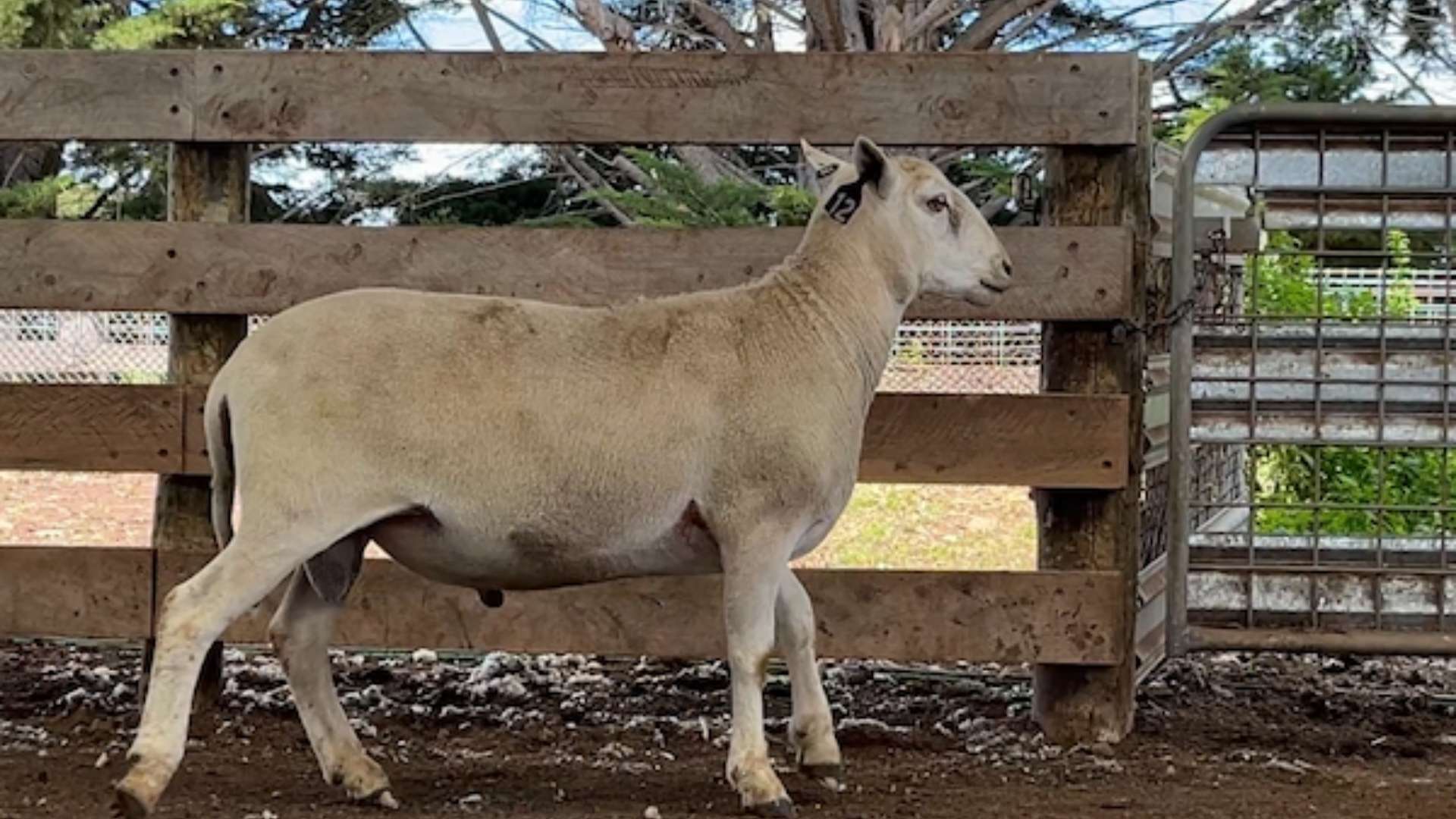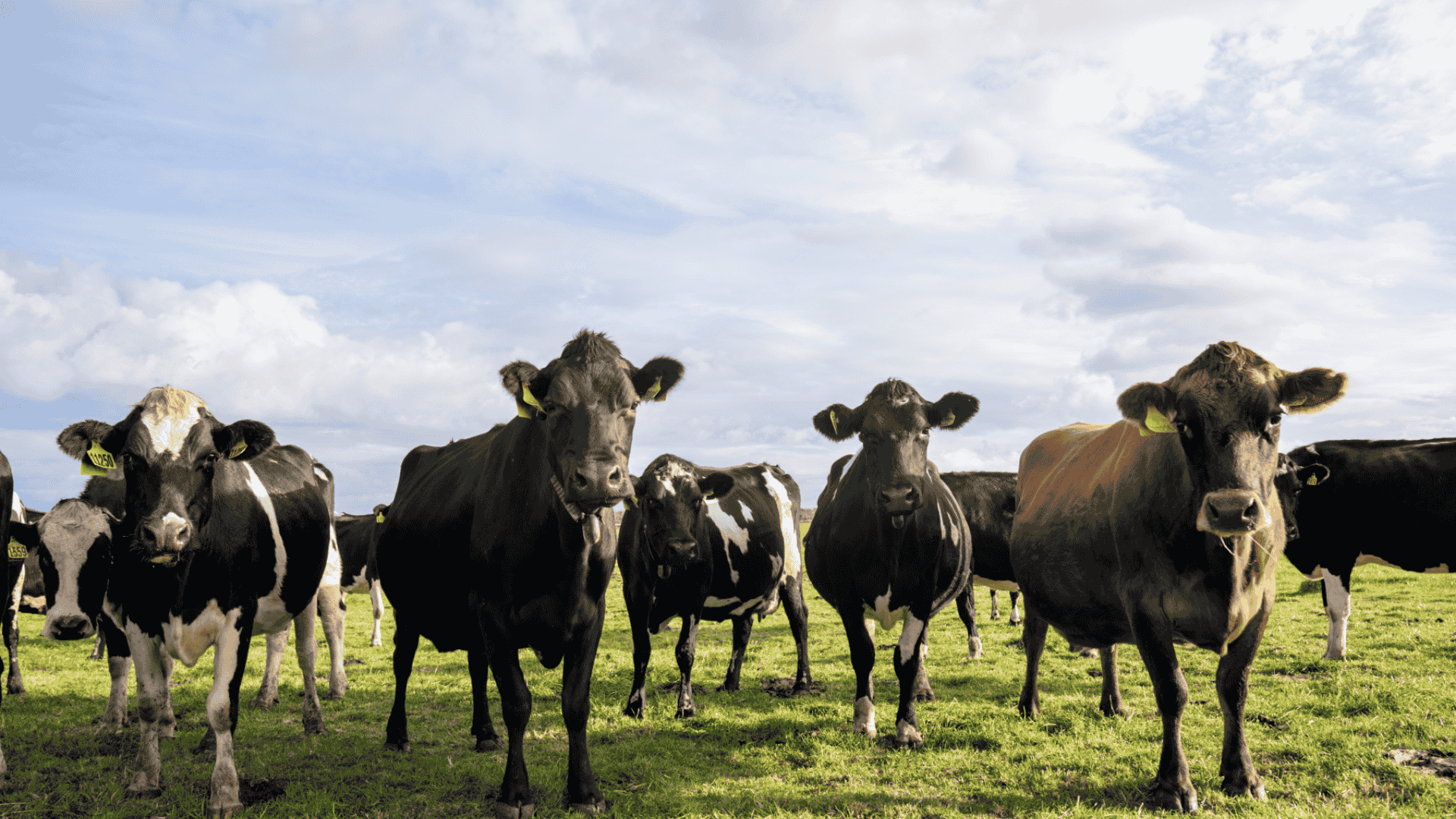Your guide to the 2026 weaner sales on AuctionsPlus
The 2026 selling season is set to commence in early January, with a comprehensive calendar of feature weaner, breeder and store cattle sales being...

Crops that fail due to frost, moisture stress or other limiting factors may be cut for silage or hay as an economically viable option. The following key points should be considered as part of your decision-making process.
Often moisture-stressed crops have insufficient dry matter before flowering to cut for hay. Making a timely decision to cut hay can prevent poor quality hay.
The optimal balance between yield and quality comes when cutting a cereal crop at the boot stage
Feed quality declines after plants become reproductive and produce more head and stem material, which is less digestible. Metabolisable energy (ME) and protein generally decline after flowering
The quantity of feed increases until early grain fill
Cereals tend to produce higher hay yields than canola, particularly after flowering.
The optimal balance between yield and quality comes when cutting canola at late flowering
Metabolisable energy (ME) and protein generally decline after flowering, although ME can rise slightly in canola after flowering
Canola can lose leaf and pod material faster than cereals. It doesn’t retain leaves as well as cereals later in the season
While canola can produce higher quality feed than cereals, it produces lower hay yield after flowering.
Determine soil moisture levels via tools and soil moisture models. These include soil probe data, SoilWater App, Agriculture Victoria’s soil moisture dashboard and cropping reports
Alternatively, soil sample to identify plant available water and estimate grain yield potential in line with short term weather forecasts. This will allow you to compare likely gross margins from hay or grain and help you decide if it is feasible to cut a grain crop for hay
If you need additional support in making the decision, consult with your agronomist.
Before cutting or grazing a failed crop, check chemical labels to ensure any applicable withholding periods have expired
Ensure the crop hasn’t been sprayed with a chemical carrying a label warning or prohibitive statement that treated crops are not to be grazed or fed to livestock
Record information and be prepared for requests or declarations about chemical history to prospective buyers.
If you have livestock, it is more cost effective to directly graze the crop in a targeted and planned way, rather than cut it for hay. Refer to the drought feeding guides for sheep and cattle for nutritional requirements and further information.
The risk of soil loss from erosion increases when ground cover falls below 50%. Grazing can also increase the risk of erosion
Ideally, hay crops need at least 2.5 tonnes per hectare (t/ha) of dry matter (DM) to avoid excessive hay harvest losses. This is the measurement for dry matter at ground level, not cutting height
A simple dry mater calculator is on the Agriculture Victoria website and can be used to determine dry matter
The less dry matter, the more hay is lost during baling. For example, a NSW study showed 45% of canola hay was lost during harvest at 1.5 t/ha of DM but this dropped to 19% lost at 3.5 t/ha of DM. Hay baling losses will also vary with machinery and experience
If a crop is unsuitable for baling, it can still provide a high-quality grazing opportunity, as livestock will selectively graze the high-quality parts of the plant
A simple hay yield calculator is on the Agriculture Victoria website and can be used to compare potential hay yield with grain yield.
Michele Jolliffe is a Dairy Extension Officer with Agriculture Victoria.
.png)
The 2026 selling season is set to commence in early January, with a comprehensive calendar of feature weaner, breeder and store cattle sales being...

The first-ever stud ram sale to use integrated Sheep Genetics ASBV data on AuctionsPlus has been hailed a success, with buyers responding strongly to...

Victoria and NSW have both green-lighted virtual fencing technology for cattle this week. Farmers adopting this technology, which uses collars with...